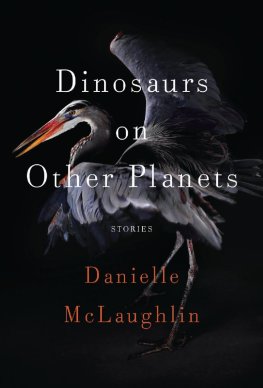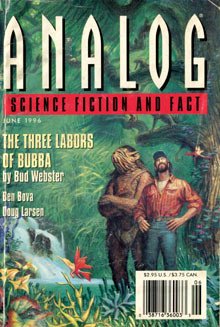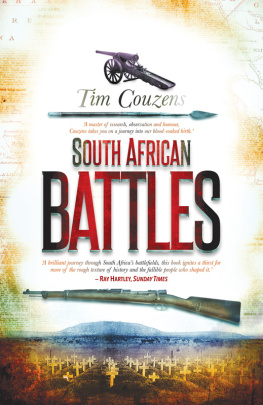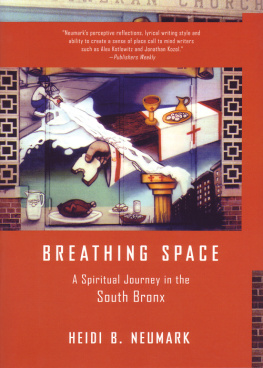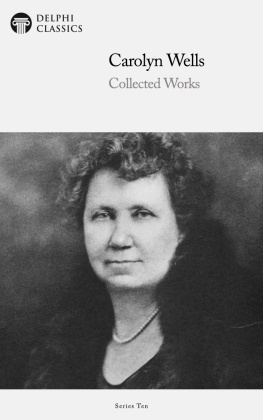University of California Press, one of the most distinguished university presses in the United States, enriches lives around the world by advancing scholarship in the humanities, social sciences, and natural sciences. Its activities are supported by the UC Press Foundation and by philanthropic contributions from individuals and institutions. For more information, visit www.ucpress.edu.
University of California Press
Oakland, California
2019 by Carolyn McLaughlin
Library of Congress Cataloging-in-Publication Data
Names: McLaughlin, Carolyn, author | Gmez, David, writer of foreword
Title: South Bronx battles : stories of resistance, resilience, and renewal / Carolyn McLaughlin, foreword by David Gmez.
Description: Oakland, California : University of California Press, [2019] | Includes bibliographical references and index. |
Identifiers: LCCN 2018050297 (print) | LCCN 2018056144 (ebook) ISBN 9780520963801 (ebook and ePDF) | ISBN 9780520288973 (cloth : alk. paper) | ISBN 9780520288997 (pbk. : alk. paper)
Subjects: LCSH : Bronx (New York, N.Y.)History20th century. | Urban renewalNew York (State)
Classification: LCC F 128.68. B 8 (ebook) | LCC F 128.68. B 8 M 28 2019 (print) | DDC 974.7/275dc23
LC record available at https://lccn.loc.gov/2018050297
Manufactured in the United States of America
26 25 24 23 22 21 20 19
10 9 8 7 6 5 4 3 2 1
For my wonderful grandchildren, Hana and Sora Karanja, Jordan and Shaun McLaughlin, and Nathan Turner, with hopes that this book will inspire you to choose careers that work, in some manner, for a more just world
Foreword
The Bronx is burning. That phrase, often attributed (by urban legend) to Howard Cosell during his broadcast of Game 2 of the World Series on the night of October 12, 1977, encapsulates the image that was projected across America in both the sports and mainstream media for almost half a century. As an endless parade of presidential aspirants posed atop piles of rubble in nondescript abandoned lots, the Bronx became synonymous with urban decay, poverty, crime, and hopelessness. An entire borough of New York City (one that would be the seventh largest city in America were it an independent city), home to a population larger than those of Dallas, San Antonio, San Diego, or San Jose, the Bronx became a punchline in the national consciousness.
As the Goodyear Blimp hovered above the Bronx on that October night and projected images of burning buildings into the living rooms of America, did anyone consider who were the people a thousand feet below and what was happening in that community? Several questions were seldom asked and never answered: How did this happen? How did a thriving community with a rich history assume the identity of the national symbol of urban blight? More importantly, were this community and others like it relegated to such a dire status in perpetuity? What lessons, if any, could be drawn from the experience that might serve other communities in this nation?
These questions and more are explored in the compelling portrayal of the South Bronx presented here by Carolyn McLaughlin. From the perspective of a true insider, Ms. McLaughlin weaves historical fact, personal narratives, community activism, political intrigue, and stories of courage and triumph into a complex tapestry that tells the story of the South Bronx as few have or could. Make no mistake, howeverthis is not a story of personal triumph or a David-and-Goliath allegory designed to convince the reader that good triumphs over evil. Instead, it tells the complex and nuanced story of how one community began its descent and, more importantly, how it began its present ascent. It is also a cautionary tale of journeys both down and up the ladder of success.
McLaughlin came to the Bronx as a self-described naive idealistin many ways truly a stranger in a strange landcoming from small-town America to the very definition of gritty urban life in the late 1960s. As a young professional trying to do the right thing, she was faced with the harsh realities of urban politics, public social services policy, human suffering, socioeconomic forces, the AIDS epidemic, powerful real estate interests, and entrenched racism. Through her work and life in the Bronx, she sees both the power and the potential of the human will, including her own.
McLaughlins introduction to the Bronx began much like that of many young people in that era, with a firm belief that social justice was not only an aspirational goal but a human right. As a young caseworker for the NYC department of welfare, she truly reflected the Kennedyesque idealism of the 60s. Unlike many of the young idealists of that era, however, who became disillusioned by the seemingly insurmountable obstacles posed by the citys power brokers and who ultimately abandoned their dreams of social justice for more lucrative professional careers, she heard the voices of human courage and redoubled her efforts at making a difference in the lives and futures of the people of the Bronx. And in this book, those peoplewho were known to most Americans only as vague shadows somewhere in the background of fires seen from a thousand feetcome alive.
The Bronx in the 60s, much like the Bronx of today, was a study in contrasts. This county of New York State includes affluent communities like Riverdale (once the childhood home of John F. Kennedy as well as the residence of Theodore Roosevelt, Mark Twain, and Arturo Toscanini) and lower-income areas like Mott Haven that attracted, and still attract, new immigrants and working-class families, like the Piccirilli brothers who, working on 142nd Street in the South Bronx, carved the statue of Abraham Lincoln for the Lincoln Memorial in Washington, D.C. Millions visit Yankee Stadium, the Bronx Zoo, the New York Botanical Garden, and Fordham University each year. Yet, at the beginning of McLaughlins story in the 60s, the Bronx was on the brink of disaster.
As she set out to build what would be her lifes work (the Citizens Advice Bureau, later to become the BronxWorks organization), McLaughlin recognized that the issues challenging the Bronx were not poverty or substance abuse alone. It was not housing or the economy alone. Nor was it politics or institutionalized racism alone. All of these factors and more, acting in concert, drove this community to a state of near ruin. Near, however, is the operative term here. In a true case of fight or flight, she shares the stories of individual and organizational courage that have contributed to the beginning of the Bronxs comeback.
As one who knew and worked with the power brokers, from mayors to city and statewide elected officials, McLaughlin witnessed firsthand the challenges facing people in poor communities and helped craft the strategies that both led to short-term improvements in the community and set the stage for continued improvement and growth in the long term. She describes the battles waged to save the Bronx through the narratives of families, workers in community agencies, and community leaders and activists. These stories, which at the time were viewed by many as quixotic battles against unbeatable foes, speak to the persistence and unyielding faith of leaders like McLaughlin in making the inexorable climb out of the abyss. They show the collective impact of small victories on solving large problems.




